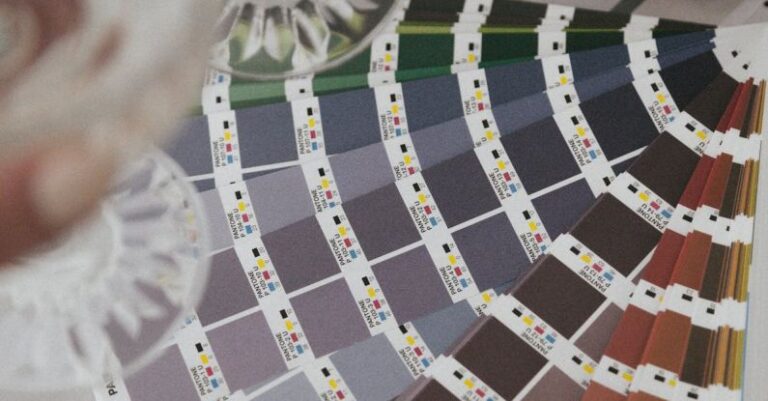How Does Color Theory Enhance User Experience

Color Theory: A Powerful Tool for Enhancing User Experience
In the realm of design, color holds a significant role in capturing attention, conveying messages, and evoking emotions. When it comes to creating a seamless and engaging user experience, leveraging color theory can be a powerful tool. From sparking interest to guiding navigation, the strategic use of color can greatly impact how users interact with a website, app, or product. Let’s delve into how color theory enhances user experience and why designers should pay careful attention to this aspect of design.
Creating Visual Hierarchy
One of the key benefits of applying color theory in design is the ability to establish a visual hierarchy. By using contrasting colors, designers can draw attention to important elements on a page while allowing less critical information to recede into the background. This helps users navigate through content more efficiently and directs their focus towards key actions or information. For instance, using a bold, vibrant color for a call-to-action button can make it stand out and encourage users to click, ultimately enhancing usability.
Eliciting Emotional Responses
Color has the power to evoke a wide range of emotions and associations. Different colors carry various meanings and can influence how users perceive a brand or product. For example, warm tones like red and orange may convey energy and excitement, while cool tones like blue and green can evoke feelings of calmness and trust. By understanding the psychological effects of colors, designers can create experiences that resonate with users on an emotional level, leading to a more memorable and impactful interaction.
Improving Readability and Accessibility
In addition to aesthetics, color plays a crucial role in enhancing readability and accessibility in design. Choosing the right color combinations can make content easier to read, especially for users with visual impairments or color deficiencies. High contrast between text and background colors can improve legibility, ensuring that information is clear and easily comprehensible to all users. Moreover, adhering to accessibility standards, such as WCAG guidelines, can make a design more inclusive and user-friendly for a diverse audience.
Guiding User Interaction
Color can also be used to guide user interaction and provide visual cues for navigation. Through consistent color schemes and visual patterns, designers can help users understand the structure of a website or app, making it easier to explore and find relevant information. For instance, using a consistent color for links or buttons throughout a platform can establish a sense of familiarity and reinforce user actions. By strategically applying color to different elements, designers can create a cohesive and intuitive user experience that encourages engagement and exploration.
Enhancing Brand Identity
Beyond functional aspects, color plays a crucial role in shaping brand identity and perception. Consistent use of colors across all touchpoints can help establish a strong brand presence and foster brand recognition among users. By associating specific colors with a brand, designers can convey its values, personality, and messaging effectively. This visual consistency not only strengthens brand loyalty but also helps differentiate a brand from competitors in a crowded market. By leveraging color theory to align visual elements with brand strategy, designers can create a cohesive brand experience that resonates with users and leaves a lasting impression.
Incorporating Color Theory in Design
Effective use of color in design requires a deep understanding of color theory principles and how they can be applied to enhance user experience. Designers must consider factors such as color psychology, contrast, readability, and brand identity when selecting color palettes for a project. Conducting user research and testing color choices can help ensure that the design resonates with the target audience and effectively communicates the intended message. By incorporating color theory into the design process, designers can create visually engaging and user-centric experiences that leave a lasting impact on users.
In conclusion, color theory is a powerful tool that can significantly enhance user experience in design. From creating visual hierarchy to eliciting emotional responses, color plays a crucial role in shaping how users interact with digital products and services. By leveraging the principles of color theory, designers can create visually compelling, engaging, and user-friendly experiences that resonate with users on a deeper level. By carefully selecting and applying colors, designers can not only improve usability and accessibility but also strengthen brand identity and foster emotional connections with users. Embracing color theory as a fundamental aspect of design can help elevate the overall user experience and create experiences that are both functional and aesthetically pleasing.





